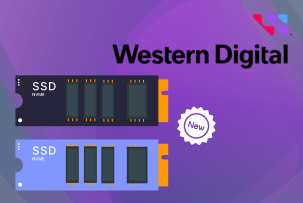Expectations around Apple's new releases are growing.
12:23, 11.09.2024
On September 9, at 10:00 AM local time, the traditional presentation of the new generation of iPhones took place. According to the Financial Times, the new iPhone 16 will use the A18 processor based on the Armv9 architecture, which will enable generative artificial intelligence features.
The Armv9 architecture was introduced by Arm back in 2021. It is not just a simple layout of transistors but rather an agreement between chip and compiler developers. This architecture defines the functional capabilities of processors without being tied to their physical structure. Armv9 is the successor to Armv8, the first 64-bit Arm architecture, which was used in previous generation processors.
For Arm and its owner, SoftBank, this means increased revenues, as the royalties from using Armv9 are twice as high compared to Armv8. Apple is one of Arm's largest clients and has a long-term licensing agreement with the company. In turn, iPhones make up a significant portion of the tech giant's revenue.
The Armv9 architecture is already being used in the M4 series processors, which are found in Apple computers and tablets. It is likely that with the promotion of the iPhone 16, Apple will focus on features related to generative artificial intelligence. Currently, these features are only available in the iPhone 15 Pro and Pro Max with the A17 Pro processor.
Support for artificial intelligence will be provided by iOS 18.1, the beta version of which is expected to be released soon.


